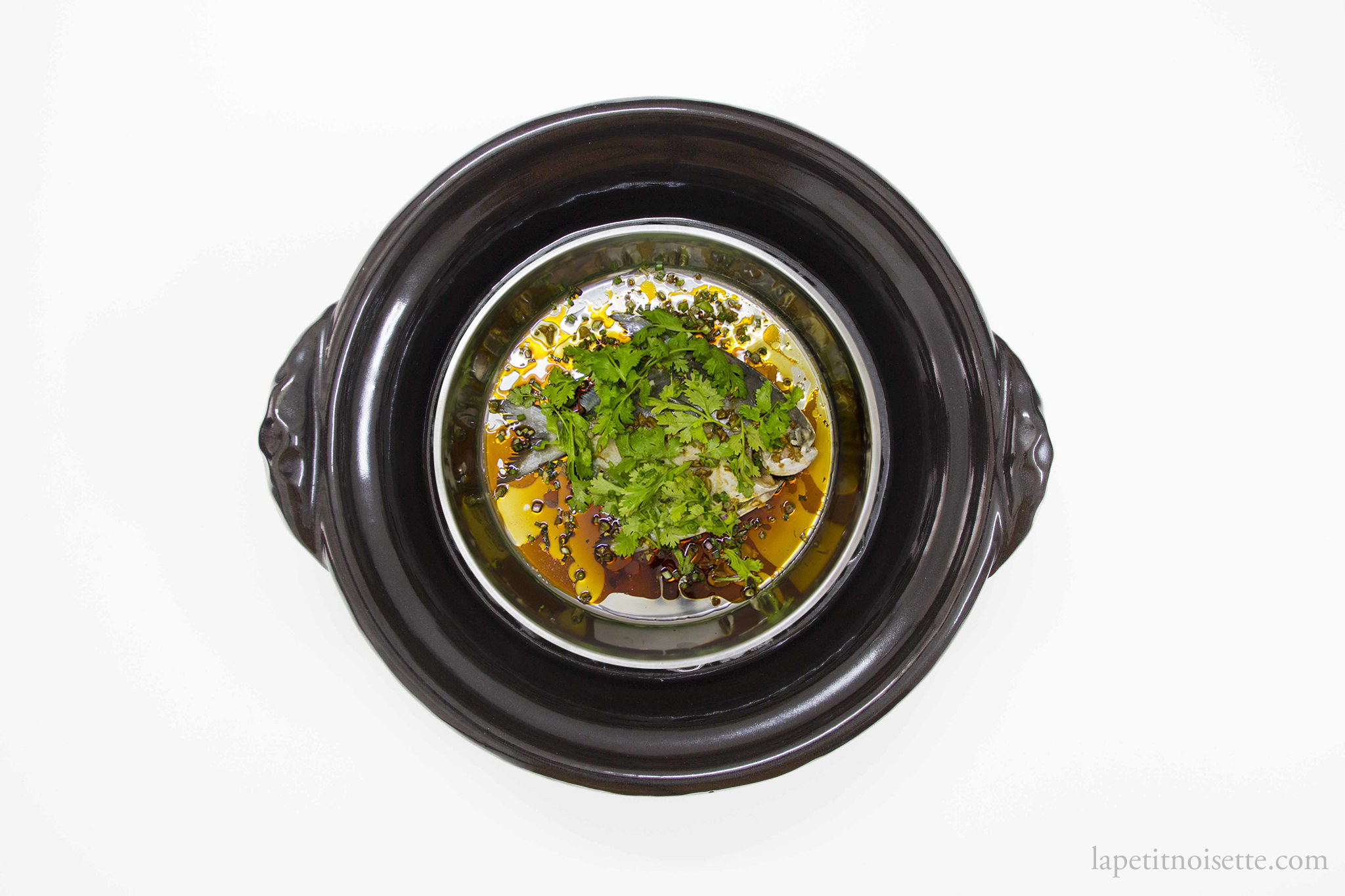
Introducing a much well less known premium fish in Japan- Managatsuo. Much more famous in South East Asian countries such as Singapore and Malaysia for its lack of bones and extremely sweet taste when steamed, pomfrets generally refer to a range of fish under the genus Pampus which are known as butterfish in English, Chang (鲳) in Mandarin or Ikan Bawal in Malay. The different species of butterfish in South East Asia are of varying values based on their taste, with the most prizes being the Silver Pomfret, or Pampus chinensis (斗鲳/DouChang).
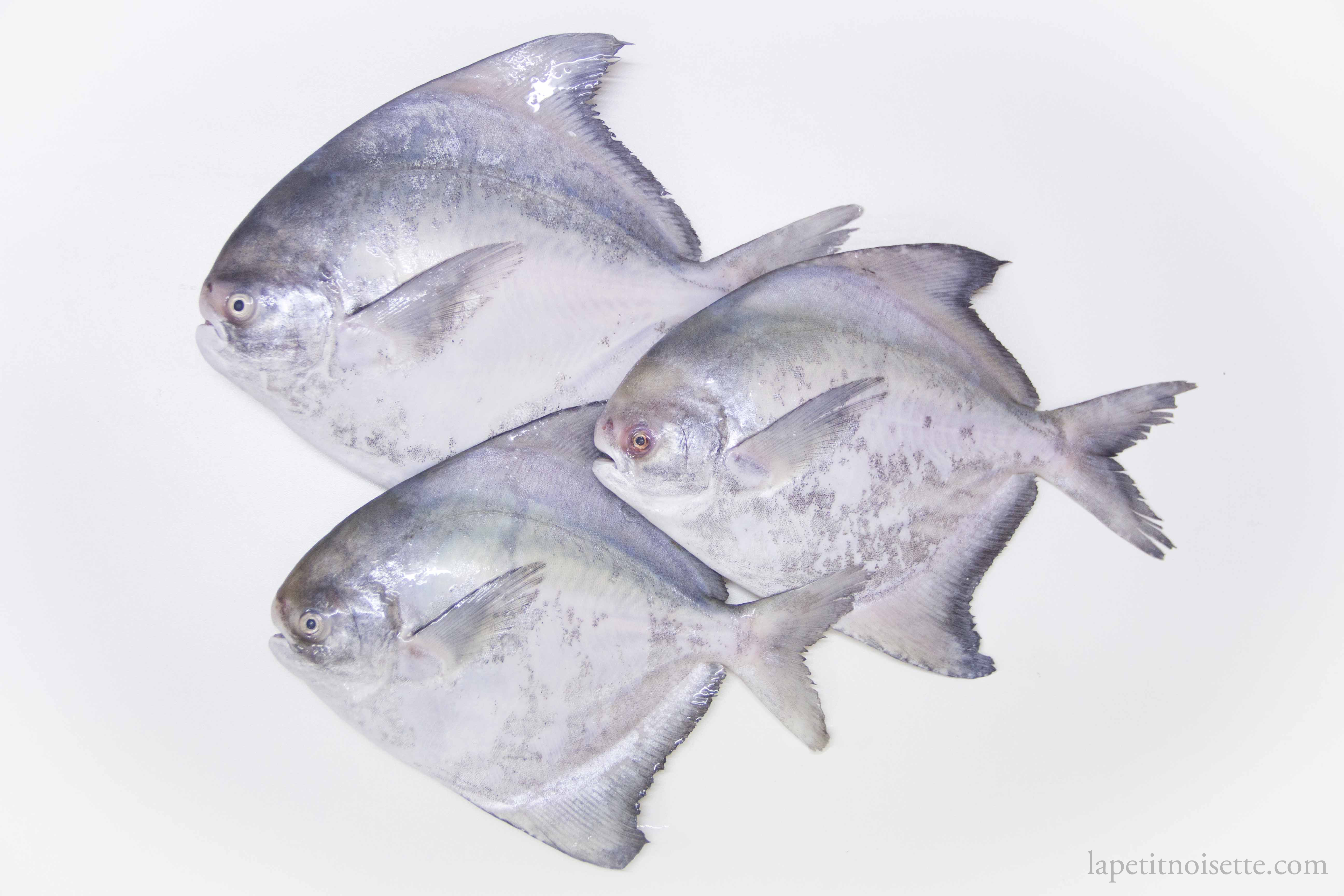
The specific species we are referring to here however, is Pampus punctatissimus which is pretty indistinguishable from Pampus chinensis itself. In Japanese, the official kanji for this fish is 鲳, the same the Mandarin character. However, the fish in better known in Japan as managatsuo (真似鰹), which actually translates to imitation bonito. The origin behind this name is actually from the Seto Inland Sea (瀬戸内海) which separates Kyushu, Honshu and Shikoku.
This is because at the Seto Inland Sea, Japanese prized bonito cannot be caught, but instead, managatsuo can be caught in abundance instead, and is said to be just as delicious. Being mainly caught in this area and further down south, this fish hasn’t received much attention as it is rarely found in Osaka or Tokyo but of course with better and better fishing and refrigeration technology, this fish has started appearing all around Japan, sometimes at pretty eye popping prices.
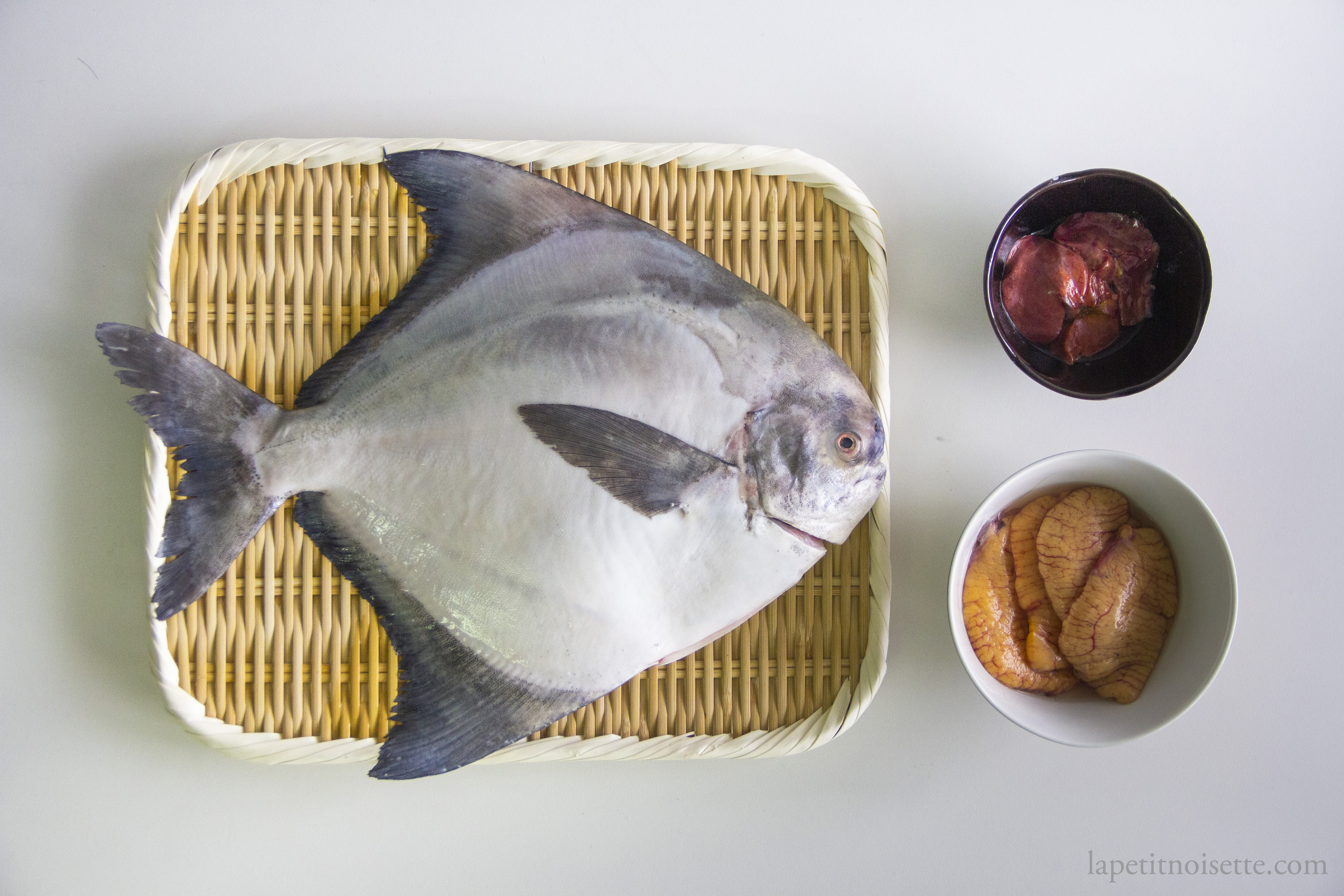
Managatsuo’s main season is during the summer around June and July during the rainy season just before it spawns at the end of summer. Cooking wise, this fish is sometimes eaten as sashimi (because what fish in Japan isn’t eaten raw), however for once, I’m gonna go against the Japanese style of cooking fish for this particular fish, because in terms of other traditional washoku methods of preparing fish, you either simmer it in soy sauce (煮付け) or grill it over charcoal, which will end up with the flesh being extremely dry. In my opinion this fish’s flesh is one of the most suitable for steaming as it is extremely delicate, and when done right, can be incredibly delicious and naturally sweet in a way that’s hard to describe- just ask any Southeast asian who grew up eating it.
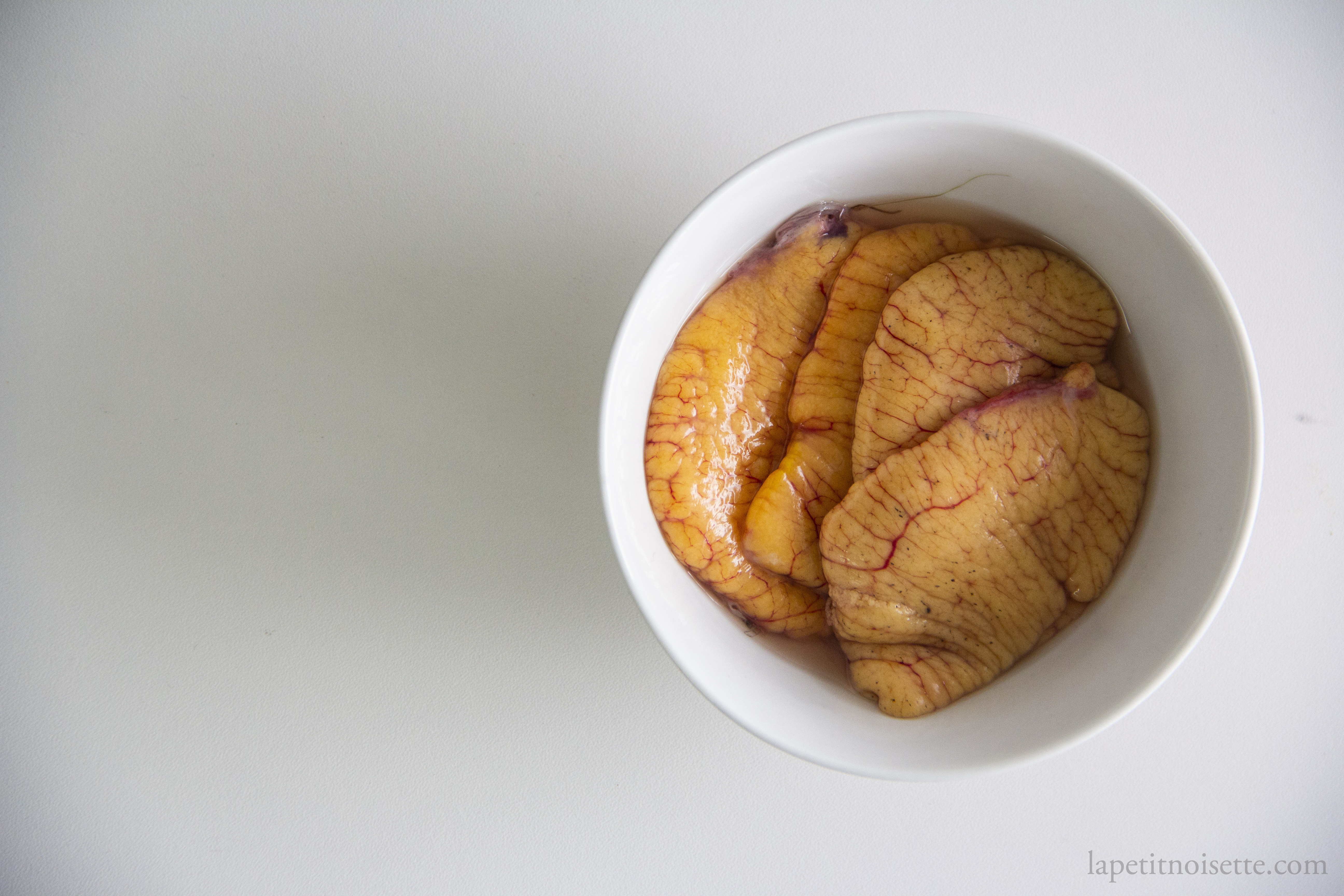
The season for Managatsuo is during the summer between June and July when it heads to shallower waters to spawn and if you’re lucky, when you open up your Managatsuo, it will be filled with delicious eggs that can then be steamed along with the fish or used in other dishes. This fish also has very thin scales that can be surprisingly easily rubbed off using your fingers, so much that sometimes by the time they reach the market they no longer have scales.
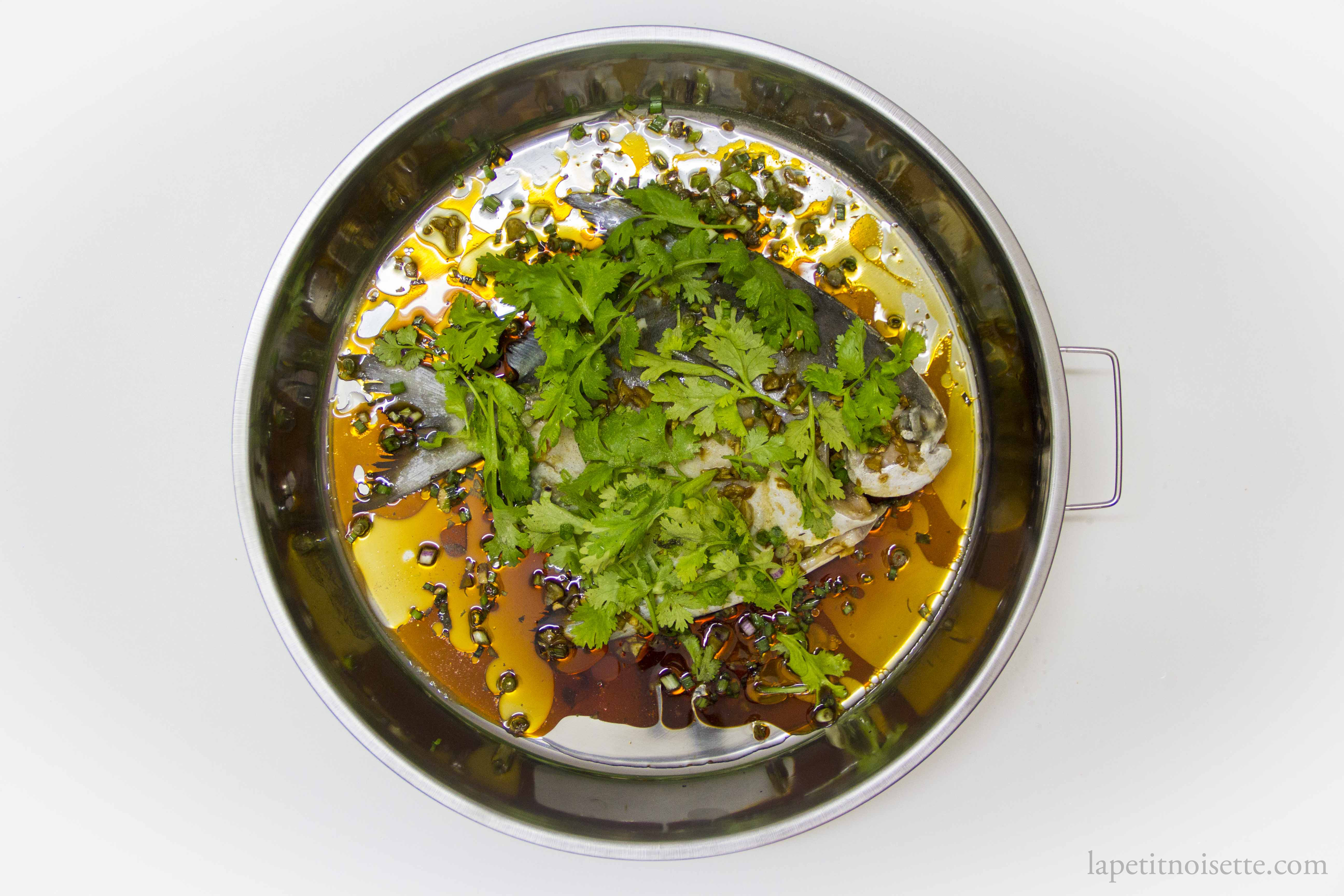
Cantonese Style Steamed butterfish 蒸し真似鰹
When gutting the fish, remember to keep the roe and liver if the fish is extremely fresh. The liver should be bright red and not brown in colour, and is typically steamed along with the fish and served together in the soy sauce mixture. Read the recipe notes below for more information about what to focus on when making this recipe.
Soy Sauce Mixture
- 100ml Soy Sauce
- 50ml Sake/Shaoxing Wine
- 50ml Water
- 5 drops of Sesame Seed Oil
- 10g of White Rock Sugar, the same one used in umeshu.
To Garnish
- One bunch of chopped coriander
- 20ml of Neutral Flavoured Oil
- Finely chopped spring onions to your taste
- 5 Cloves of Minced Garlic
- White Pepper to taste
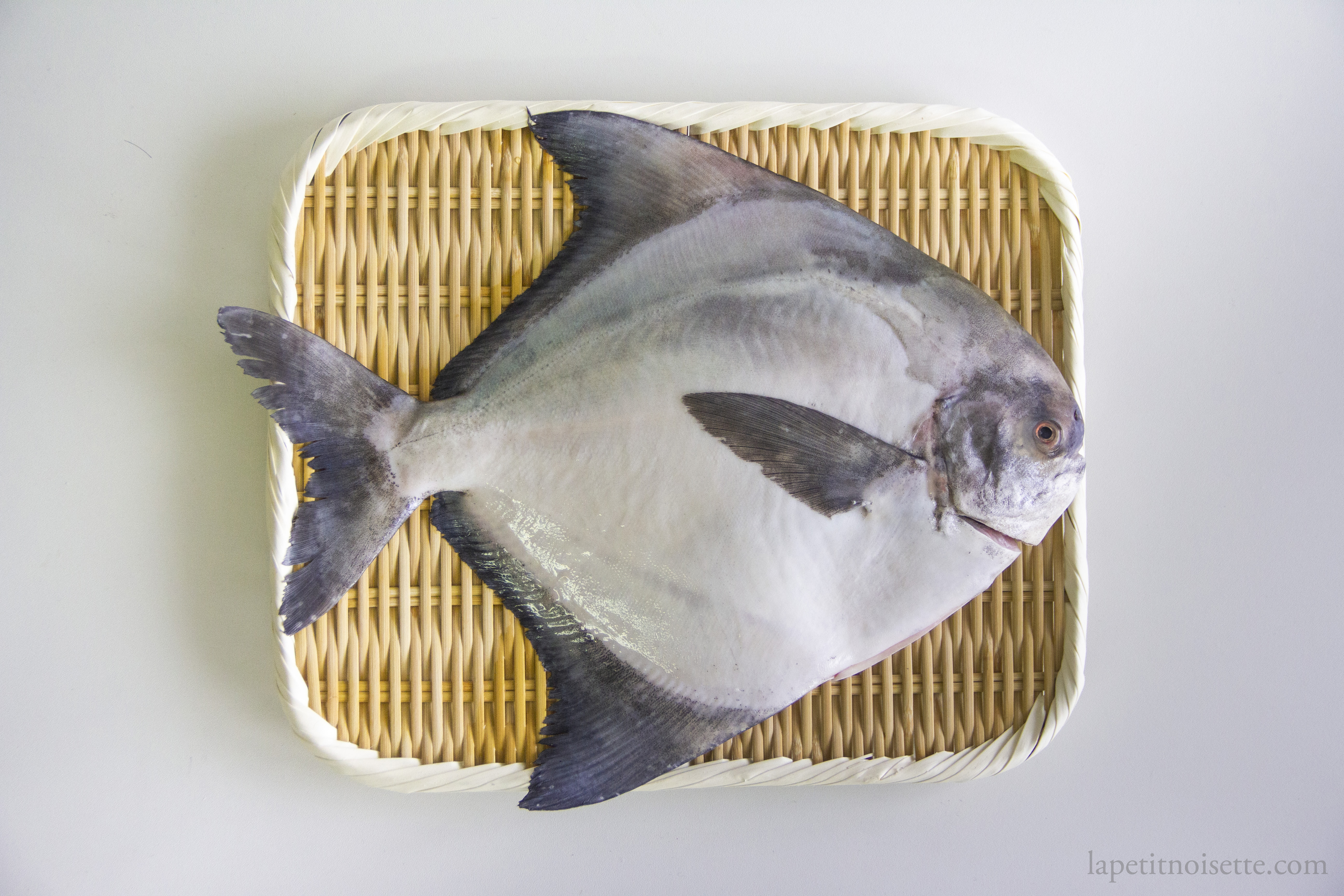
- To gut the fish, make an incision into the belly of the fish, and reach inside with two fingers and pull out all the innards, the cavity of this fish is relatively small so the innards can just be removed using your fingers. Cut out the gills as well. Save the eggs and liver.
- Prepare the sauce by mixing all the ingredients together in a small sauce pan and bringing it up to a boil to evaporate the alcohol. Be sure to fully dissolve the rock sugar, or grate the rock sugar so that it dissolves easier. Set the sauce aside which we will reheat later.
- Bring the water in a steamer up to a boil. Once at a rolling boil, put the fish, liver and eggs into the steamer and steam for 12 minutes for a 1kg fish (1kg before gutting). The steaming time might seem a bit short but this is a relatively thin flat fish that we’re looking to steam until it is just cooked.
- The fish is cooked when you can remove the flesh from the bone without any meat sticking to the bones.
- Drain all the excess water that accumulated into the steaming pan during the process as this water is slightly murky and bitter. You also do not want this water to dilute the flavour of the sauce.
- Note the next few steps should be done in quick succession so read through before continuing.
- Add the chopped coriander and spring onions to the top of the fish.
- Reheat the soy sauce mix.
- In another small saucepan, add in the oil and the minced garlic and fry until golden and fragrant.
- You want to time this just right, where once the fish is steamed and drained of water, you quickly pour the hot soy sauce mix over the fish and then pour over the hot garlic oil over the fish to give it it’s characteristic bright shine. If you take too long, the golden garlic in the pan will start to burn in the hot oil, and you want to use the sizzling oil to bring out the smell of the coriander and spring onions when you pour the oil over it.
- Finish with a dash of white pepper and serve.
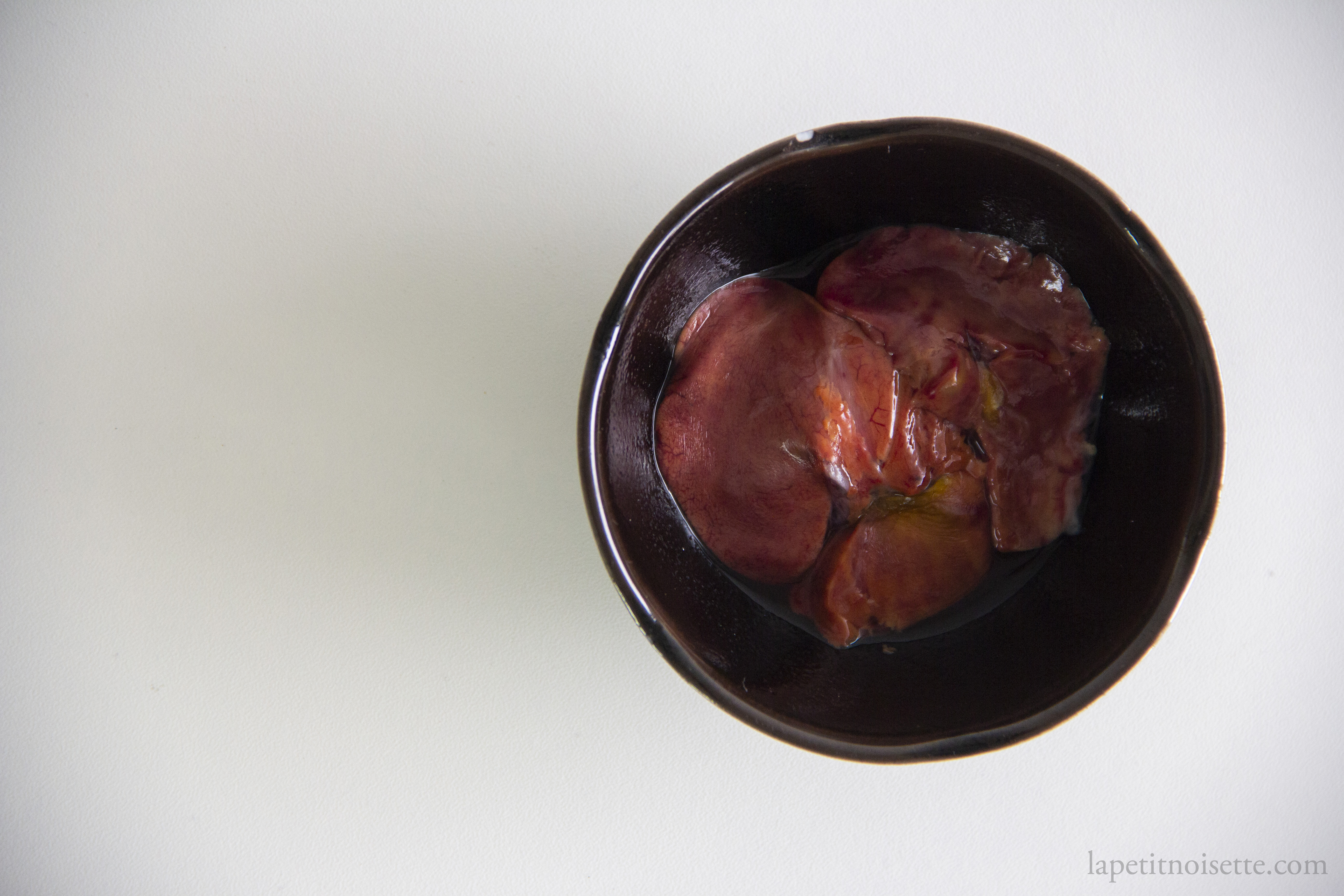
Additional notes:
You can see here the use of white pepper and coriander, which is rarely seen in Japanese cooking. In addition to that, the use of Shaoxing Wine vs Sake will influence the taste of the dish. If made using Shaoxing wine, the fish will taste more cantonese in style because of the big difference between the taste of Sake, which is light and fruity, vs Shaoxing Wine, which is heavily oxidised. For those of you who haven’t tried it before, Shaoxing wine is very similar to Sherry with it’s nutty characteristics and amber tint. The amount of sesame seed oil here is miniscule- only 5 drops. But during testing, it actually makes a big difference.
Any more sesame seed oil than that and the dish doesn’t taste right because it’ll be too overpowering, but just a couple of drops gives it that hint of flavour you’re typically looking for in a restaurant in Hong Kong. If anything, the 3 things you’d want to focus on are the gentle touch of sesame seed oil, the use of rock sugar vs granulated sugar, and the final hot garlic oil application/flash at the end which gives the fish it’s characteristic gleam. If the fish is not as fresh as you’d like, a typical Chinese trick is to stuff chopped ginger into the belly cavity of the fish to remove any bitter taste. Discard the ginger after steaming. Some variations in restaurants don’t chop their spring onions, but shred them into thin julienne strips. These strips are soaked into cold water to take away their acidic bite, whilst also causing them to curl aesthetically on the fish.
I like to know the unagi That is with high pressurized artisan well water .
In kyoto ?
Cheers
Thank you